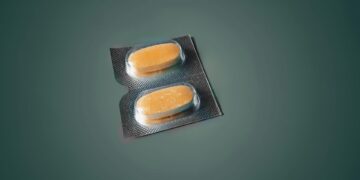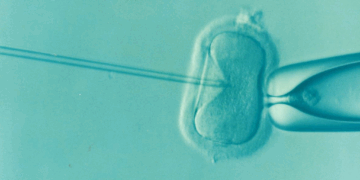They are the future of brainwave tracking.
A recent study suggests that brain activity could soon be monitored using temporary tattoos, offering a simpler and more efficient alternative to traditional methods. These electronic tattoos, or e-tattoos, were tested on five individuals and proved to be just as effective as traditional electrodes at detecting brainwaves. The e-tattoos were easier to apply and lasted longer than electrode arrays typically glued to the scalp.
The innovation behind these e-tattoos lies in their design and the use of biocompatible ink and high-speed printing techniques. This new technology could open the door for the on-body creation of electronic sensors, with a wide range of potential applications both in clinical and non-clinical settings. According to Nanshu Lu, a biomedical engineering professor at the University of Texas at Austin, these developments could significantly improve the future of wearable medical sensors.
Electroencephalography (EEG), a technique used by doctors to monitor and diagnose conditions like seizures, epilepsy, and brain injuries, is typically time-consuming. It requires technicians to mark the scalp with rulers and pencils and affix electrodes to track brain activity. To simplify this process, Lu and her team explored the possibility of replacing electrode arrays with liquid ink e-tattoos. The tattoos are made from conductive polymer ink, which flows through the hair and adheres to the scalp, picking up brain activity once dried.
The team used a digitally controlled inkjet printer to apply the tattoos, a quick and non-invasive procedure that causes no discomfort. The e-tattoos stayed connected for at least 24 hours, whereas traditional electrodes start losing functionality after about six hours. This advancement could also lead to improved designs, with researchers adding printed wires running to the base of the head to enhance signal conductivity and accuracy.
Looking ahead, researchers aim to incorporate wireless transmitters into the e-tattoos, eliminating the need for wires and making them even more practical. These tattoos could also be used in brain-computer interface devices, such as those helping disabled individuals control speech devices, wheelchairs, or robotic limbs. This development could revolutionize non-invasive brain monitoring and expand the capabilities of assistive technology, potentially reducing the need for bulky headsets or invasive implants.

































Discussion about this post